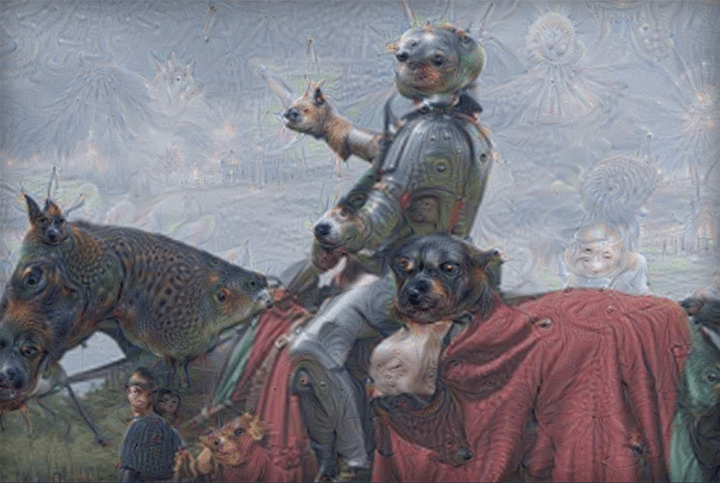
“Deep learning has become one of the hottest topics in machine learning in recent years,” wrote Vincent Vanhoucke, principal research scientist on Google’s Research Blog. “With TensorFlow, the deep learning platform that we recently released as an open-source project, our goal was to bring the capabilities of deep learning to everyone.” Already, Google boasts more than 4,000 participants on GitHub in just a few weeks, and notes that TensorFlow “has been starred more than 16,000 times by enthusiasts around the globe.”
But while this approach may have been ideal for those at least somewhat familiar with machine and/or deep learning, others who have yet to be exposed to this new technology may need a bit more help. Enter Udacity.
Described as a “short, intensive course,” Google promises that the curriculum “provides you with all the basic tools and vocabulary to get started with deep learning, and walks you through how to use it to address some of the most common machine learning problems.”
Sure, it’s still not meant for the absolute layman — you’ll probably need some sort of familiarity with the technology, and being an engineer and data scientist never hurt anyone. In fact, it’s recommended that you bring at least two years of programming experience with you into the course. But it’s still a step in the right direction when it comes to accessibility.
“Our overall goal in designing this course was to provide the machine learning enthusiast a rapid and direct path to solving real and interesting problems with deep learning techniques,” Vanhoucke concluded. “We hope you enjoy it!”
Editors' Recommendations
- Google is finally bringing YouTube Music to older Wear OS watches
- Google’s new smart textile tech lets you control music by pinching a cord
- Deep-learning A.I. is helping archaeologists translate ancient tablets
- Deep learning A.I. can imitate the distortion effects of iconic guitar gods
- Hyundai develops a cruise control that learns to drive like you


